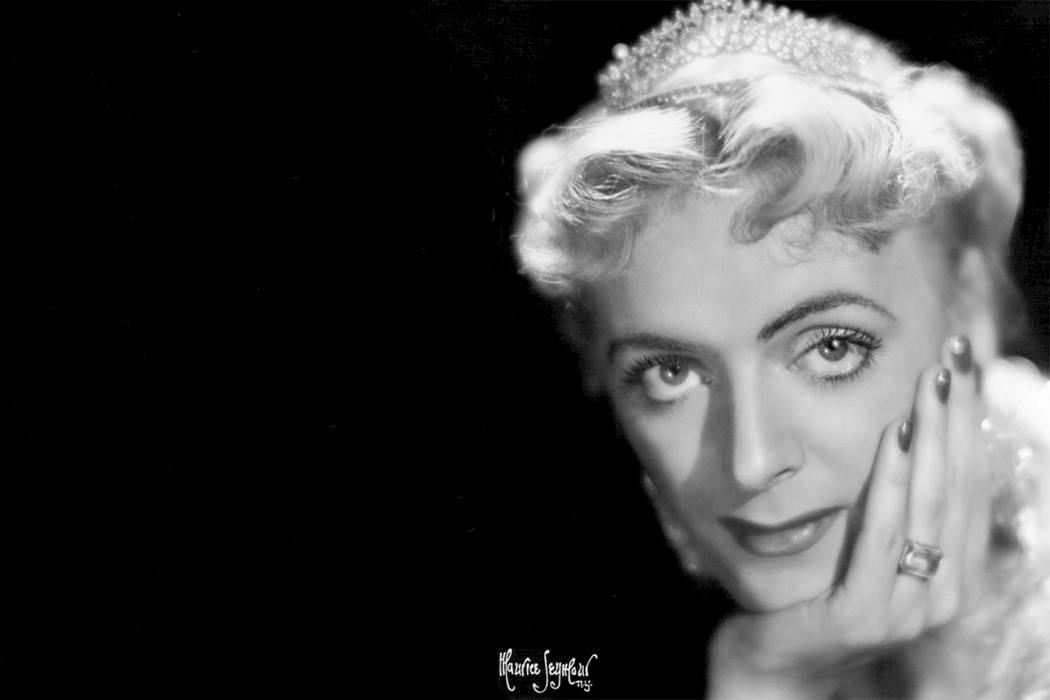Christine Jorgensen’s autobiography was published in 1967, a half century before former Olympic athlete and reality TV star Catilyn Jenner’s book hit the shelves on April 25, 2017. Born in 1926, Jorgensen became a media sensation on December 1, 1952, when the New York Post ran a dramatic headline: “Ex-GI Becomes Blonde Beauty: Operations Transform Bronx Youth.” The article told the story of George, a little boy who, “longed for girls’ toys and dresses” as a child, according to an article by the historian Joanne Meyerowitz.
Meyerowitz explains that, by the time Jorgensen was in her late teens, she knew that she wanted to transition. She was drafted in World War II but worked as a clerk and never saw combat. In the early 1950s she started taking hormones. Soon after, she flew to Copenhagen, which had a reputation for groundbreaking transsexual treatments, and was experimented on by an endocrinologist who oversaw hormonal treatments, psychiatric treatments, and eventual surgery.
Shortly after the publication of the Post story, Jorgensen signed a deal for a regular column detailing her life story in William Randolph Hearst’s Sunday newspaper supplement American Weekly. Hearst helped Jorgensen arrange a press conference on the airplane tarmac after her return from Copenhagen for penis-removal surgery, a return timed to synchronize with the publication of her column in February, 1953.
Like Jenner’s, Jorgensen’s transition was a media event, and the press eagerly lapped it up. After she touched down in New York, she became an instant celebrity, parlaying the spotlight into a night club act, and TV and radio gigs, Meyerowitz writes.
Jorgensen’s acceptance by (some of) the public derived from the same basis as Jenner’s: She was a glamorous, conventionally feminine woman. In fact, both Jorgensen and Jenner were treated like stereotypical women when they came out. In other words, they were objectified, their bodies commented on in endless detail and judged by their sex appeal to men.
A few months after Jenner’s transition, on July 1, 2015, the New York Post commented that “The 65-year-old Jenner showed off her long but past-their-prime gams in a stained-glass-panel sequined mini.”
Similarly, as Meyerowitz writes in her 2004 book, How Sex Changed, many of the media articles about Jorgensen “critiqued her face, body, clothing and gestures to determine whether she ‘looked and sounded like a woman.’ ” They described approvingly her “smooth, low-pitched voice—without a trace of masculinity” and her “long, yellow hair curling on a pillow.’ ”
However, there is one major difference in how Jorgensen and Jenner were able to express gender. In an interview with The Washington Post featured in the historian Emily Skidmore’s article, Jorgensen said she “had to become super-female. I couldn’t have a single masculine trait.” But Jenner is able to keep up some of her traditionally masculine pursuits. She continues to enjoy off-roading, piloting model helicopters, and mansplaining. “What is femininity anyway?” Jenner writes in her book The Secrets of My Life. “It is only our tired and backward definitions of male and female characteristics.”
Regardless, Jenner and Jorgensen share another key trait: whiteness. “It was those trans women (primarily Jorgensen) depicted with the most proximity to white womanhood who gained the most visibility in the mainstream press and whose stories therefore came to define the boundaries of transsexual identity,” Skidmore writes.
Transsexuals of color existed during Jorgensen’s time, but the media usually ignored their stories. The African-American magazine Sepia covered black trans woman Delisa Newton in 1966, in a two-part series in which Newton described the racism she faced. “Because I am Negro it took me twice as long to get my sex change operation as it would a white person,” Newton said. The only other national media outlet to discuss Newton was a small supermarket tabloid.
Today, black trans actress Laverne Cox has graced the cover of both Time and Entertainment Weekly. Yet it is still Jenner who dominates the conversation.
Jenner herself, meanwhile, has tried to use her fame to shine the spotlight on trans women of color. In her now-cancelled TV program, I Am Cait, she prominently featured the story of African-American trans woman Chandi Moore and focused on trans people of color in some episodes.
It’s worth remembering this history of how transgender people are portrayed when in the limelight. Both in 1950 and today, the conversation has centered around a woman who, as Meyerowitz wrote of Jorgensen, “reinforced conventional notions of feminine, heterosexual respectability.” Have we made progress in the diversity of depictions in the half century since? Yes, but there’s still a long way to go.
Editor’s Note: This post was updated. The words “transwoman” and “transwomen” were replaced with “trans woman” and “trans women.”







